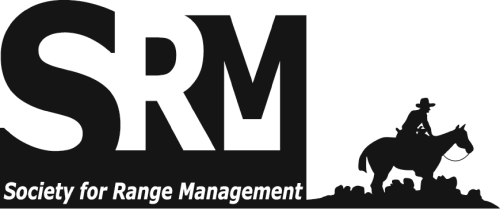Complex genetic and environmental factors interact to promote variation in the timing of seed ripening, seed abscission, and seed germination processes that enable wild plants to distribute their chances for recruitment. However, native grass seed producers must harvest seed before it shatters, which may negatively impact seed germination and plant establishment if the seeds are not fully ripened. Basin wildrye (BWR) is considered the largest native grass in western North America, and it is widely used in rangeland seeding mixtures. Unlike crested wheatgrass, which has been successfully planted across U.S. rangelands, BWR is prone to rapid seed shattering and often displays poor seedling establishment. Creeping wildrye (CWR) is closely related to BWR, but it has strong seed retention similar to crested wheatgrass. Genetic analysis of CWR x BWR hybrids indicated that seed retention is controlled by one recessive gene. Isogenic BWR backcross populations were used to compare the effect of the CWR seed retention gene over a course of 70 days, from July 16 to September 21, on seed yield and seed germination. Seed yields (mg per inflorescence) decreased from about 45 mg on the first harvest date to 10 mg on the last harvest date for plants containing the BWR seed shattering gene, whereas plants carrying the CWR gene retained an average of 39 mg on the last harvest date. Moreover, the time required for 50% of the seeds to germinate decreased geometrically from 19 days on the first harvest date to 11 days on the last harvest date.� These results demonstrate that the processes of seed ripening and seed disarticulation are highly coordinated and that germination rates are reduced if seeds are harvested before they begin to shatter. Germplasm with increased seed retention, yield, and germination rates may be valuable for restoring native plant populations.

Oral presentation and poster titles, abstracts, and authors from the Society for Range Management (SRM) Annual Meetings and Tradeshows, from 2013 forward.